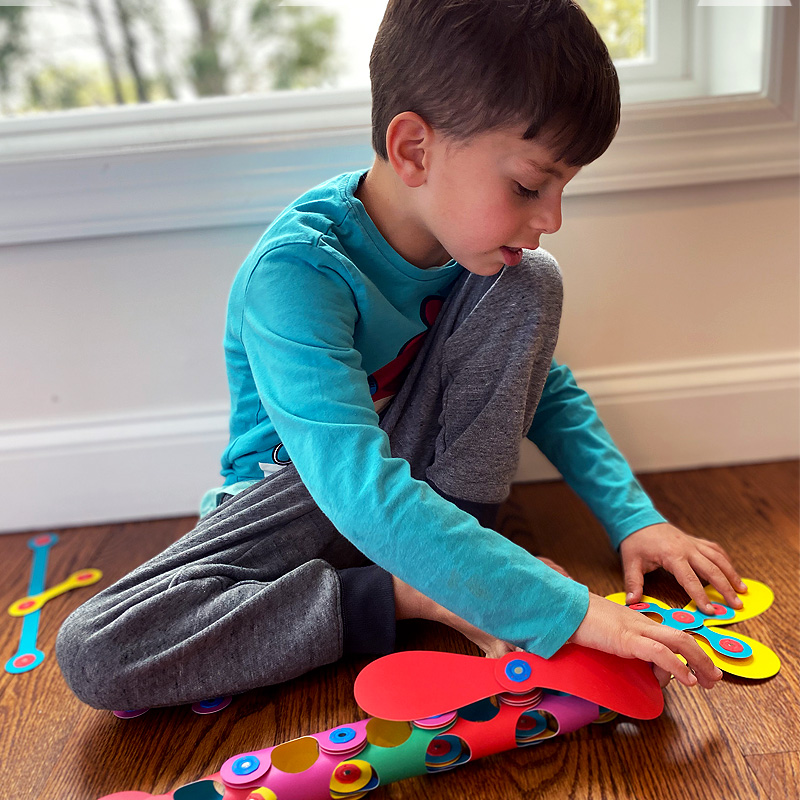Play as the Antidote to Perfectionism
Perfection is a tricky one. It’s something that has interested me throughout the years, maybe because I myself suffered from perfectionism. I’ve learned how to deal with it in my work and my practice, and I want to pass those lessons along.
On the one hand, we all know achieving perfection is impossible. On the other hand, we tend to harbor a half-baked secret belief that we are the exception to the rule: that perfection is impossible for everyone else, but that we might have a fighting chance at it. In fact, it’s that unrealistic belief that spurs action and makes us strive towards our goals.
Sometimes when concepts are hard to wrap our heads around, it’s good to take another look at the words we are using. The word ‘perfection’ comes from the Latin Perficere, which means “to complete.” At first, that may seem a little confusing, but when you think about it for a bit, it begins to make sense. We tend to think of perfection as reaching a final form that couldn’t be made better. Perfection means an ending.

But when you look at your life, isn’t it true that the most important ideas, experiences, and insights always come in the middle of things? In fact, isn’t it true that in the rare event that we actually ‘finish’ something, it no longer brings us as much joy or inspiration as we had during the process? Sure, there’s that initial burst of satisfaction when you read the last page of the book or put in the final puzzle piece, but then what happens? The book gathers dust on the shelf. The puzzle sits forgotten on the coffee table.
“At Clixo, we call this “gathering-dust-on-the-shelf-syndrome,” and it’s exactly what we try to advise against. We don’t want kids to fall in love with their creations, after spending countless hours following instructions. Instead, we want kids to create in a faster way, and in a zen approach that encourages them to disassemble what they’ve made and put it back in a different shape, or continue on from a shape they’ve already made.”
Rolling our sleeves up and diving into the messy, ever-evolving creativity of life is where we most become ourselves. We learn about problem solving, collaboration, and imagination. When we treat life as an ongoing journey rather than something that can–or should–be perfected, we create the most space for play, and by extension, for growth.
o nurture this unstructured space is important for people of all ages, but absolutely critical for children.When we are young our brains have more plasticity, and can create all sorts of neural connections that are harder for us to do as adults. Those connections aren’t made by following rules and executing in a standardized, ‘perfect’ way. They are made by approaching things from entirely new angles, without expectation or the need to achieve anything specific.
Going through over 1,200 prototypes for Clixo before landing on our current design might look like a classic arc of striving for perfection, but here’s the thing–Clixo is far from finished. My whole process of creating Clixo has been built around an open-ended, exploratory approach, where one idea sparked a totally different idea which led me forwards, backwards, and sideways. Most importantly, what we are offering is just the start: Clixo will always evolve. It will never be finished.
So here’s the message from the Clixo family: keep on striving and keep on creating. Build the biggest, most elaborate toy you can, and then break it down so you can begin again. That’s about as close to perfection as you can get.
All the best from the Clixo fam,
Assaf